The camera obscura is where the fascinating journey of photography truly begins. This optical device, known for its magical ability to project real-world images, is a crucial turning point in the history of photography. While photography as we know it didn’t emerge until the 19th century, the invention of the camera obscura laid the foundation for understanding how light, lenses, and optical projection work together to create an image. In this article, we will explore the history of the camera obscura, explain how it works, and guide you through building one yourself, using simple materials.
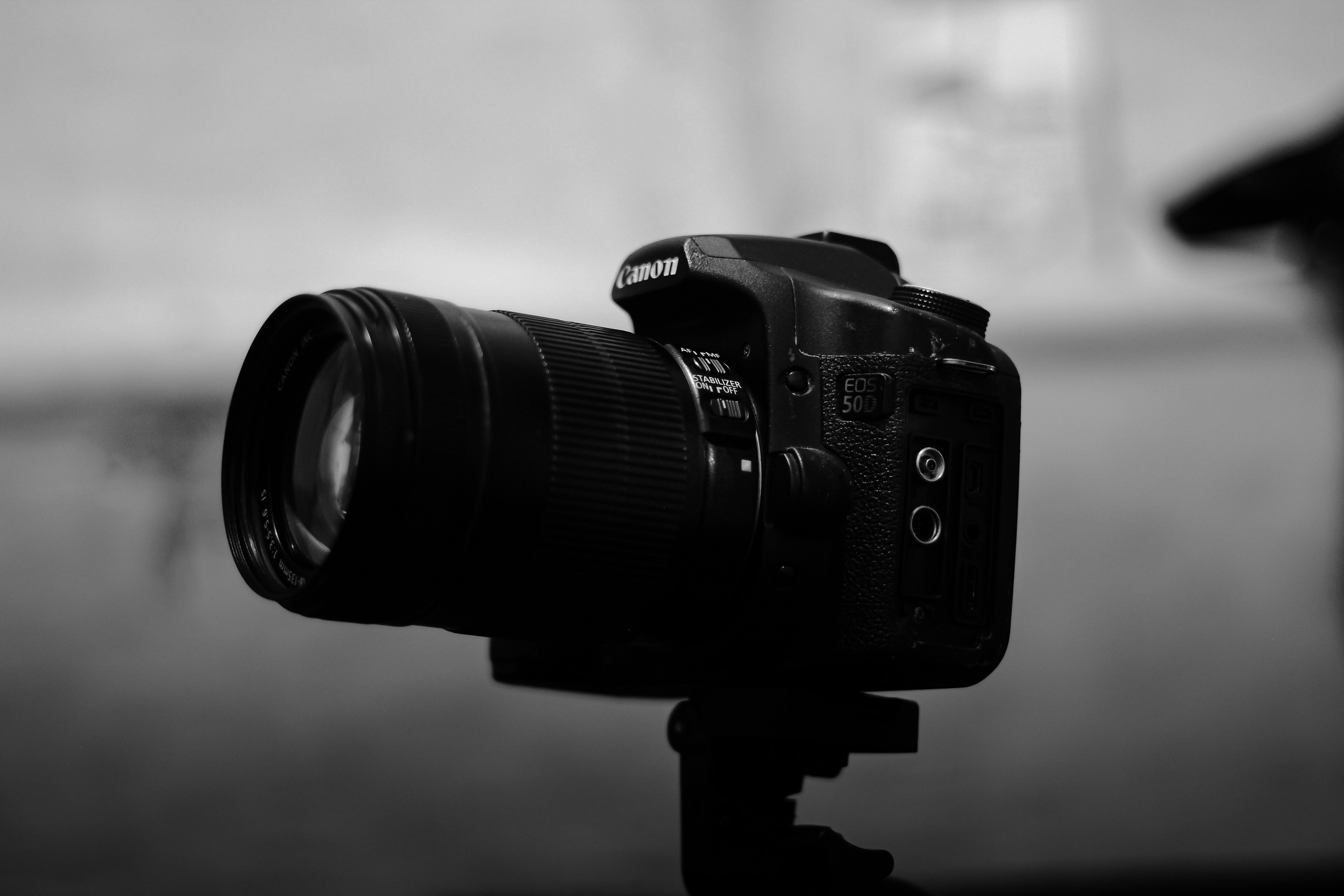
What Is a Camera Obscura?
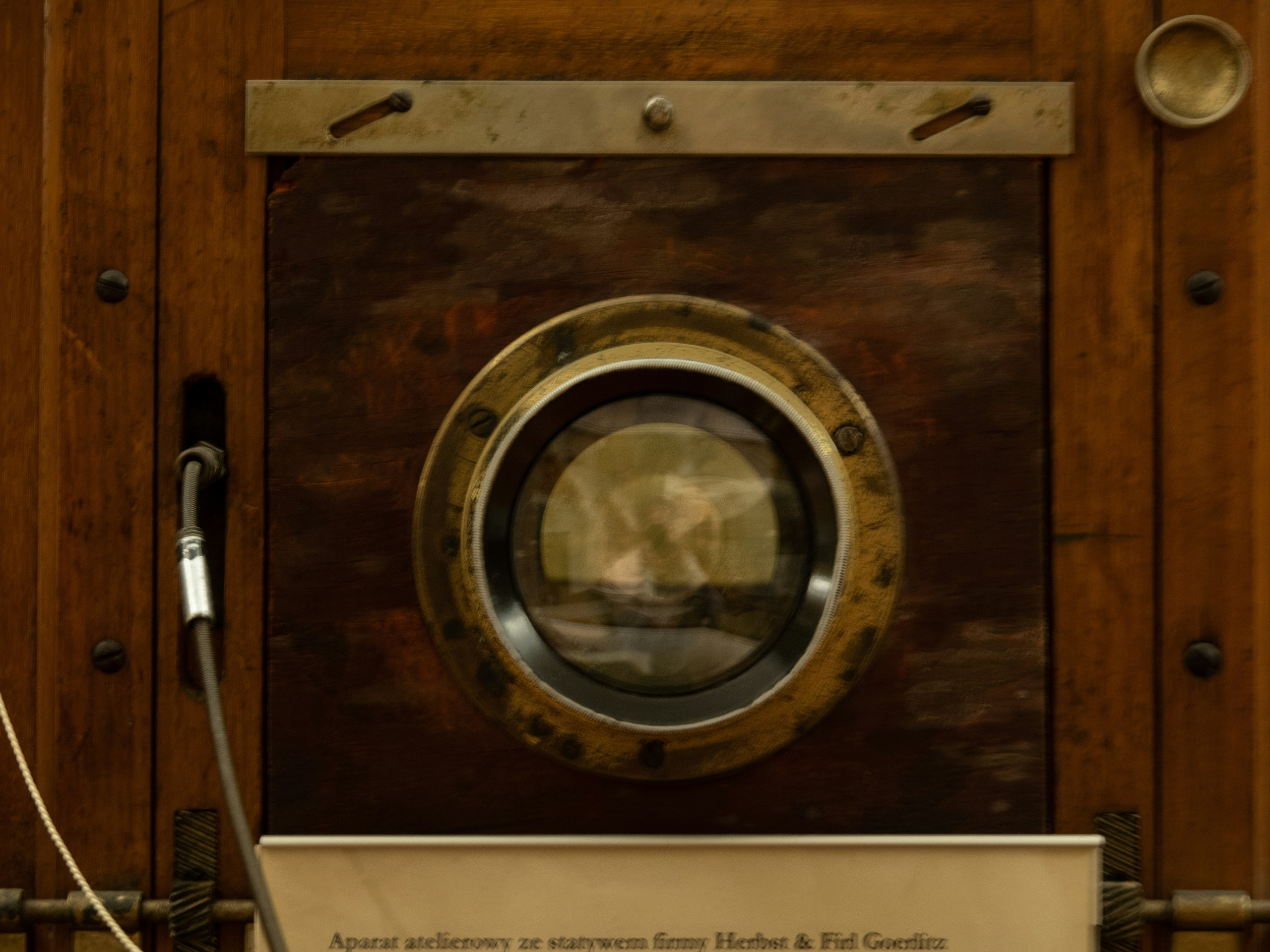
The term camera obscura comes from Latin, meaning “dark chamber.” This device is essentially a dark room or box with a small hole in one side. When light passes through the hole, it projects an inverted image of the outside scene onto the opposite wall. This optical phenomenon, known as optical projection, was discovered as early as the 5th century BCE.
Originally used by scholars and artists to study perspective, the camera obscura played a pivotal role in the history of photography by demonstrating how light could be captured and manipulated. Before cameras, it was a tool that allowed people to project and trace scenes from real life, giving them a way to record images without actually capturing them on a permanent medium like we do today.
The History of the Camera Obscura
The history of the camera obscura dates back thousands of years. Some of the earliest known references to the concept come from Chinese philosopher Mozi (5th century BCE) and Greek philosopher Aristotle (4th century BCE). Both men observed how light passing through a small hole into a dark room could project an image of the outside world. However, it wasn’t until the Renaissance that artists and scientists began to understand and use this phenomenon more widely.
During the 11th century, Arab scholar Alhazen (Ibn al-Haytham) described the principles of optical projection in detail and experimented with early versions of the camera obscura. Alhazen’s work laid the groundwork for the scientific understanding of how light behaves, which was crucial for the later development of lenses and cameras.
By the 15th century, artists like Leonardo da Vinci were using the camera obscura to study and perfect their use of perspective in drawings and paintings. As the centuries passed, scientists and artists continued to refine the device, adding lenses and mirrors to improve the clarity and size of the projected images.
The true magic of the camera obscura was realized in the 19th century, when Joseph Nicéphore Niépce and Louis Daguerre used its principles to create the first permanent photographs. This marked the transition from the camera obscura to modern photography as we know it today.
How the Camera Obscura Works
At its core, the camera obscura relies on a simple principle of physics: light travels in straight lines. When light from an object outside the box enters through a small hole, it crosses paths and projects an inverted image on the opposite surface. This natural optical phenomenon forms the basis for how modern cameras work today.
- Here’s a basic breakdown of how it functions:
- Light Enters Through a Pin Hole: A tiny hole is created in one side of a darkened room or box.
- Image Projection: The light passes through the hole, crossing and inverting to form a clear image on the opposite wall.
- Inverted Image: The image appears upside down because light rays travel in straight lines, crossing over inside the chamber.
- Enhancement with Lenses: Adding a lens at the opening can sharpen the image and make it larger or clearer.
Building Your Own Camera Obscura
Building a camera obscura can be a fun and educational experiment. Here’s how to create one using simple materials:
Step-by-Step Guide
- Prepare the Box or Room: Make sure the box or room is completely dark except for a small hole on one side.
- Create the Pinhole: Cut a small hole (about the size of a pencil eraser) in the center of one wall. Cover this hole with aluminum foil, and poke a tiny hole through the foil using a needle.
- Project the Image: Place a white sheet of paper or a light-colored surface on the opposite side of the hole. This will be where the image is projected.
- Experiment with Lenses (Optional): For a sharper and larger image, hold a magnifying glass or lens over the pinhole.
Materials Needed
- A large cardboard box or a room that can be completely darkened
- Black tape
- Aluminum foil
- Scissors
- A small magnifying glass or simple lens (optional for sharper images)
- White paper or light-colored surface for projection
From Camera Obscura to Modern Photography
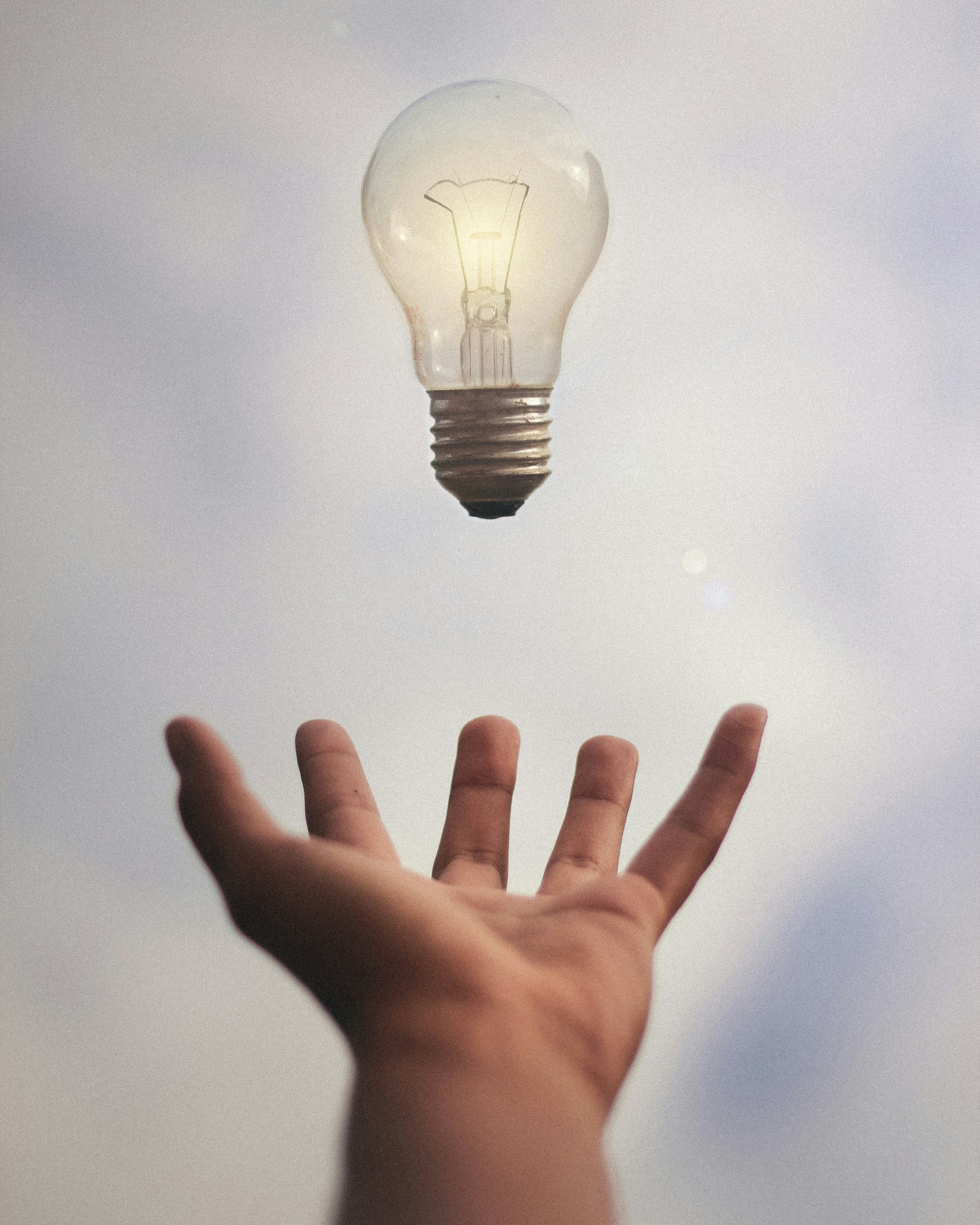
The camera obscura was a turning point in the history of photography. As scientists and inventors experimented with the device, they realized the potential for capturing the projected images permanently. In the early 19th century, inventors such as Joseph Nicéphore Niépce and Louis Daguerre used the principles of the camera obscura to create the world’s first photographs.
Niépce used a light-sensitive material, bitumen, to capture the images projected by a camera obscura. Daguerre later perfected this process with his invention of the daguerreotype, a method that created clearer and more permanent images. This breakthrough in the 1830s marked the true birth of photography, as the fleeting images projected by the camera obscura could now be preserved forever.
The development of modern cameras, digital sensors, and film all stem from the same optical projection principles used in the camera obscura. Today, photographers use advanced technology to capture images, but the magic of the camera obscura is still the foundation of it all.
Why the Camera Obscura Still Matters Today
Even in the age of digital photography, the camera obscura remains relevant. It is still used in art and science to teach the fundamentals of optics and image-making. Many photographers appreciate its simplicity and use it to explore the roots of photography. It reminds us that the basics of light and perspective are timeless.
The camera obscura is where the history of photography truly begins, laying the groundwork for modern cameras and image-making technology. This fascinating optical device, which transforms light into a visual experience, serves as a reminder of how photography evolved from a simple optical phenomenon to a global art form. Whether you’re building your own camera obscura or experimenting with photography techniques, understanding its principles helps you appreciate the artistry and science behind every captured image.
Explore My Dubai Photoshoots
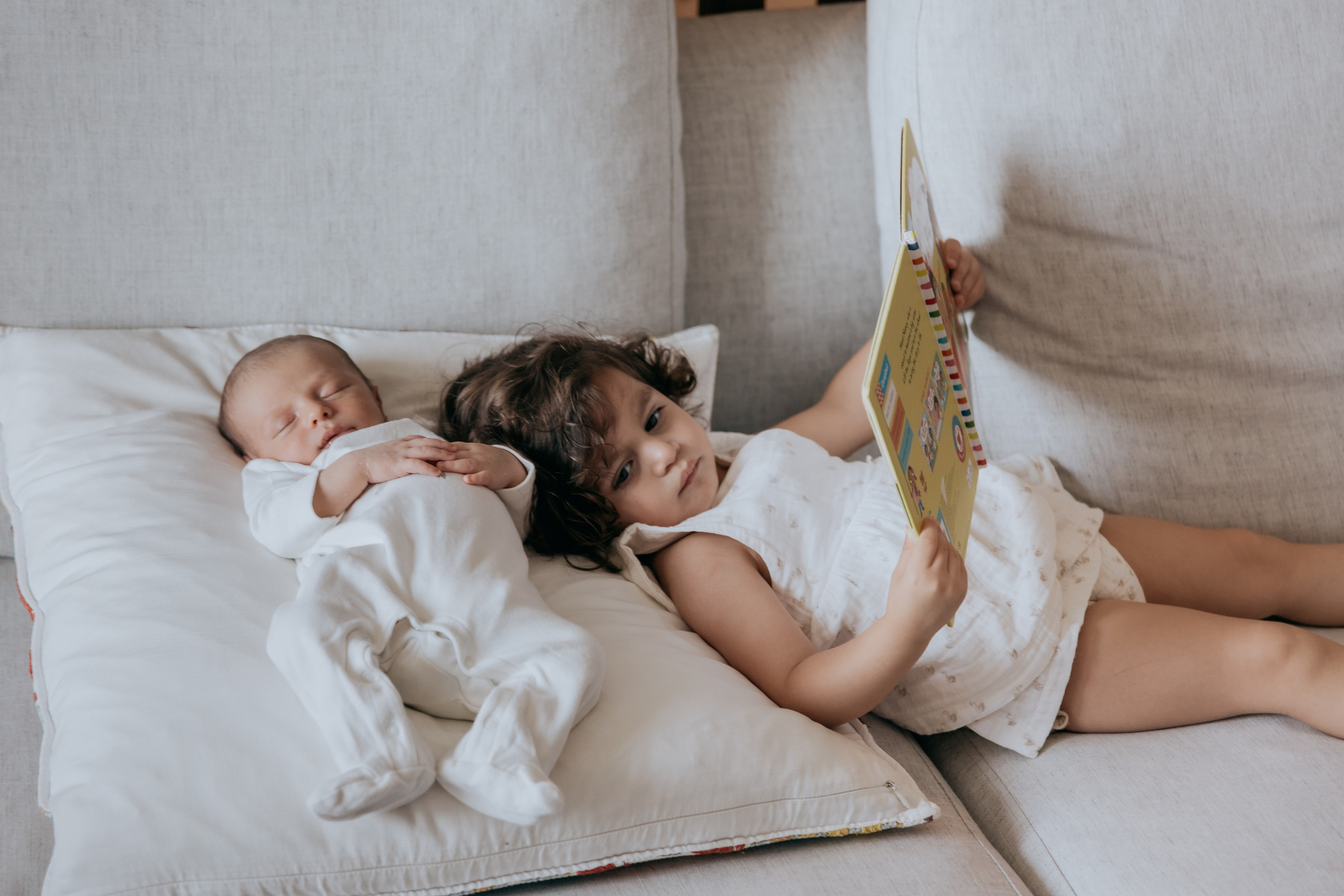
Sibling Bond
A heartwarming moment as a big sister reads to her newborn sibling. Check out the full album to see more tender family memories.
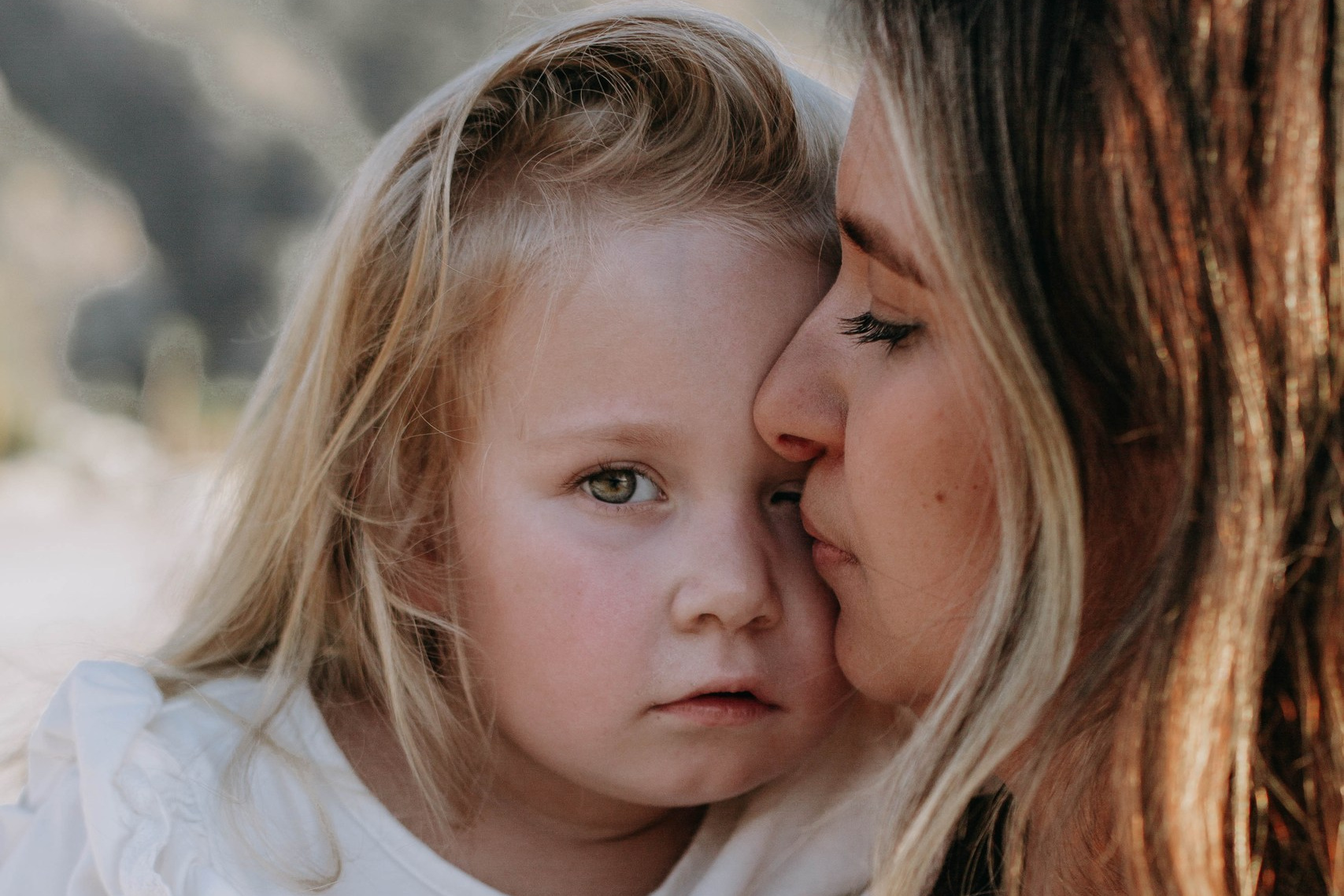
Mother’s Love
A close-up of a mother and daughter sharing a quiet moment. View the full album for more touching family photos.

Beach Stroll
A couple enjoys a peaceful walk along Dubai’s beach, hand in hand. Explore the album for more romantic moments by the sea.
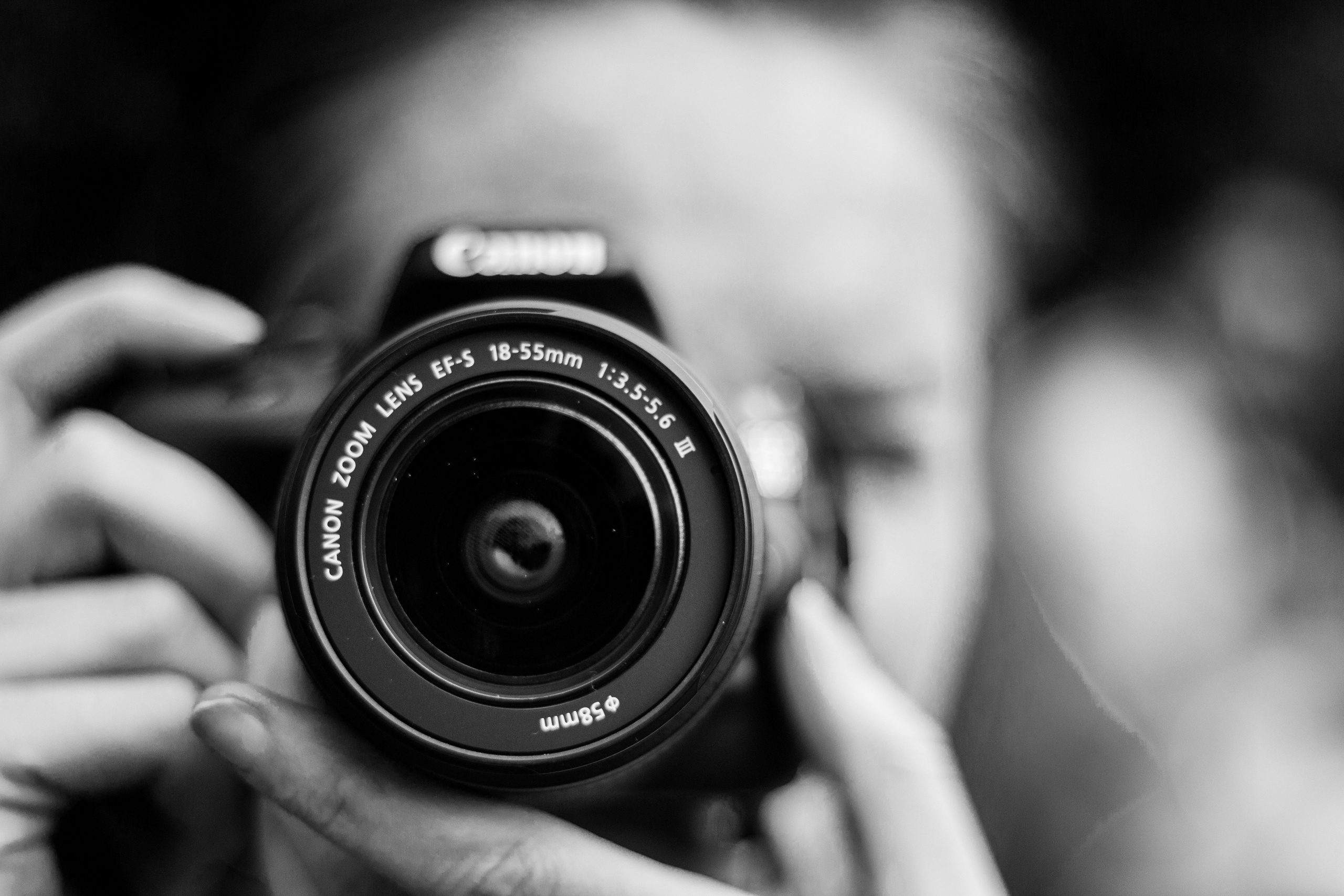
Get Expert Help to Learn More
Ready to explore the roots of photography? Build your own camera obscura or dive deeper into the science of optical projection with our resources. Start your photographic journey today! 📸✨


